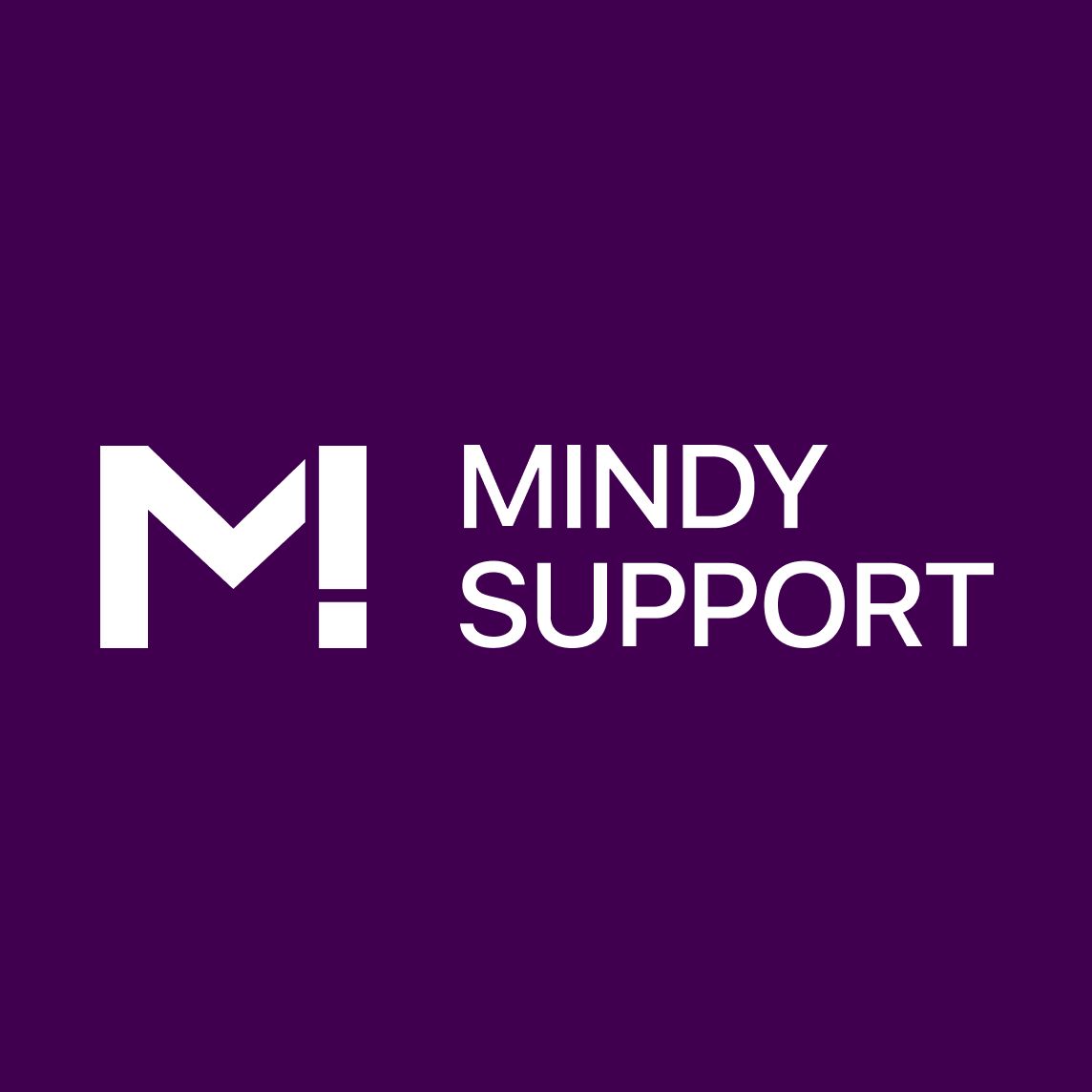Audio Presented by

Global Data Annotation and Generative AI Services Provider. Trusted partner for GAFAM and Fortune 500 companies.
About Author
Global Data Annotation and Generative AI Services Provider. Trusted partner for GAFAM and Fortune 500 companies.
